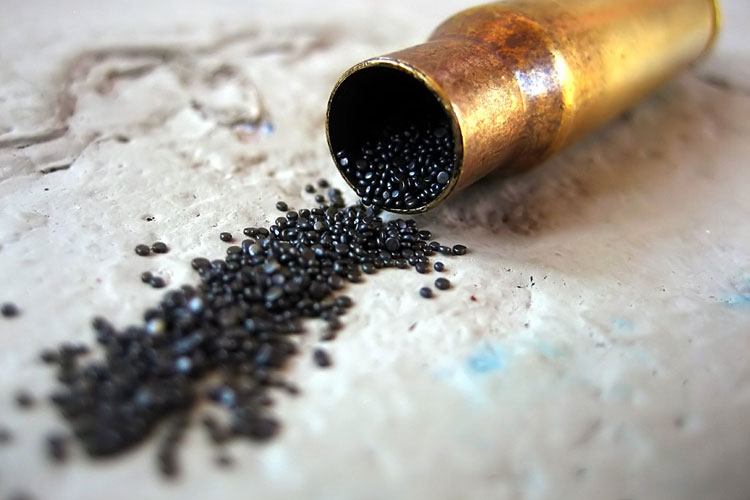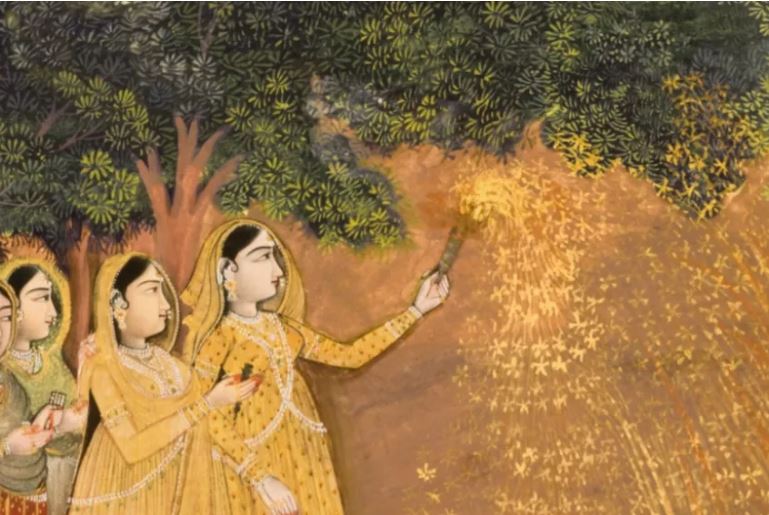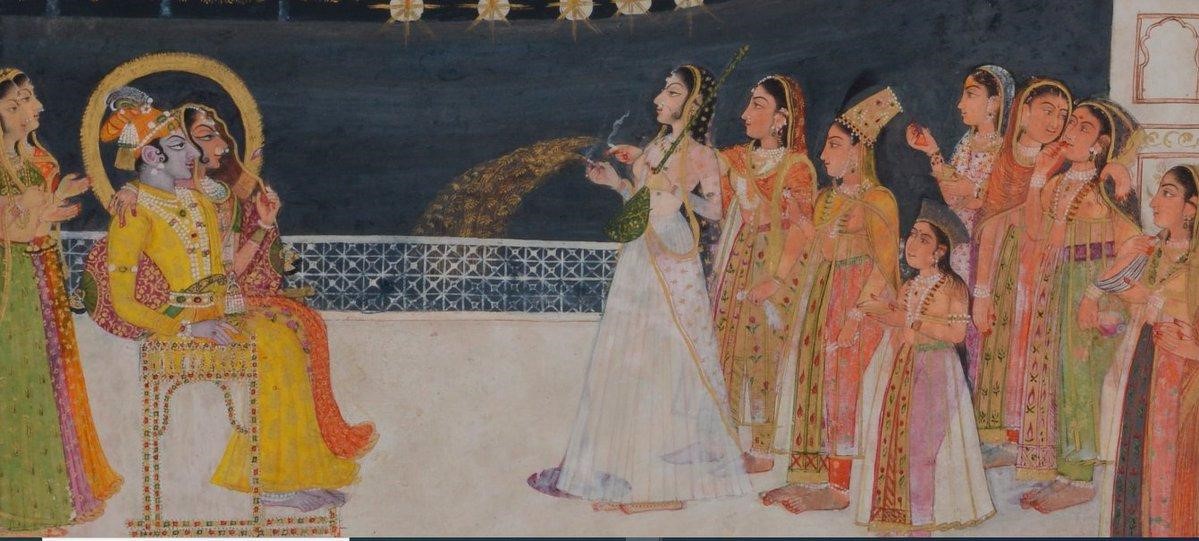A
Aditi Joshi
Guest
Contrary to the popular belief that this tradition emerged in recent times, we will delve into historical evidence suggesting that fireworks have been an integral part of Deepavali since ancient Bharat.

PC PrestiVac
The prevailing myth associates the invention of gunpowder, a key component of fireworks, with 9th-century China, attributing its introduction to Bharat to Muslim rulers. However, this thread challenges this notion by examining Chinese sources, revealing that a Bharatiya Buddhist monk brought gunpowder technology to China in 664 CE, emphasizing the Bharatiya origin of this innovation.
At the heart of Deepavali lies the belief that our ancestors, who descended during Pitru Paksha, would come back on this auspicious night. The conviction is that on the nights of Chaturdashi and Amavasya, the Pitrs return. It is the illumination and noise that guide them through the darkness. Therefore, we adorn our homes with light.
The Skanda Purāṇa, the largest among the 18 MahāPurāṇas, delineates the rituals for Dīpāvalī and articulates this particular belief. The Vaiṣṇava-khaṇḍa of Skanda Purāṇa specifically emphasizes this concept.
The Skanda Purana advocates celebrating Diwali by holding “Ulkas,” interpreted as “firebrands” by GV Tagare. Sanskrit scholar Dr. GV Raghavan asserts that these early forms of crackers have been part of Deepavali since ancient times, serving a religious purpose to illuminate the path for departed ancestors.
References to gunpowder-like substances can be found in Hindu literature. Vaisampayana in the Mahabharata describes smoke balls made by ancient Hindus, believed by many scholars to be an early form of gunpowder. Similarly, the Atharvanarahasya mentions the use of charcoal, sulphur, and saltpetre. The same ingredients employed in modern gunpowder.

PC Tfipost.com
The tradition of making fireworks using saltpetre, sulphur, and sand persists to this day, as demonstrated by traditional fireworks makers in Andhra. The etymology of these ingredients also reflects their Sanskritic origin. It challenges the notion that Bharatiyas borrowed this knowledge from elsewhere.
Delving into the theological aspect of Deepavali, the thread explains that the use of fireworks during the festival is rooted in the belief that departed ancestors return on this night. Skanda Purāṇa and Ananda Ramayana corroborate this, stating that fireworks illuminate the path for the returning ancestors.
Examining historical paintings and texts, the article challenges the idea that Deepavali fireworks are a recent import. Paintings from different periods depict Sri Krishna celebrating Diwali with fireworks, suggesting that this tradition has deep roots in Hindu culture.

PC MyInd.net
Using combustible substances to make noise and illuminate the sky on Deepavali has existed since ancient times. While technology has evolved, the fundamental concept remains unchanged, emphasizing that this tradition is not a foreign import but an integral part of Bharatiya history.
The post Deepavali Fireworks: Embracing Ancient Tradition appeared first on The Jaipur Dialogues.
Continue reading...
Debunking the Myth:

PC PrestiVac
The prevailing myth associates the invention of gunpowder, a key component of fireworks, with 9th-century China, attributing its introduction to Bharat to Muslim rulers. However, this thread challenges this notion by examining Chinese sources, revealing that a Bharatiya Buddhist monk brought gunpowder technology to China in 664 CE, emphasizing the Bharatiya origin of this innovation.
Importance of Ulkas
At the heart of Deepavali lies the belief that our ancestors, who descended during Pitru Paksha, would come back on this auspicious night. The conviction is that on the nights of Chaturdashi and Amavasya, the Pitrs return. It is the illumination and noise that guide them through the darkness. Therefore, we adorn our homes with light.
The Skanda Purāṇa, the largest among the 18 MahāPurāṇas, delineates the rituals for Dīpāvalī and articulates this particular belief. The Vaiṣṇava-khaṇḍa of Skanda Purāṇa specifically emphasizes this concept.
उल्काहस्ता नराः कुर्युः पितॄणां मार्गदर्शनम्।
नरकस्थास्तु ये प्रेतास्ते मार्गं तु व्रतात्सदा ।।
The Skanda Purana advocates celebrating Diwali by holding “Ulkas,” interpreted as “firebrands” by GV Tagare. Sanskrit scholar Dr. GV Raghavan asserts that these early forms of crackers have been part of Deepavali since ancient times, serving a religious purpose to illuminate the path for departed ancestors.
Ancient References to Gunpowder in Hindu Literature:
References to gunpowder-like substances can be found in Hindu literature. Vaisampayana in the Mahabharata describes smoke balls made by ancient Hindus, believed by many scholars to be an early form of gunpowder. Similarly, the Atharvanarahasya mentions the use of charcoal, sulphur, and saltpetre. The same ingredients employed in modern gunpowder.
Historical Evidence and Tradition:

PC Tfipost.com
The tradition of making fireworks using saltpetre, sulphur, and sand persists to this day, as demonstrated by traditional fireworks makers in Andhra. The etymology of these ingredients also reflects their Sanskritic origin. It challenges the notion that Bharatiyas borrowed this knowledge from elsewhere.
Deepavali Theology and Fireworks:
Delving into the theological aspect of Deepavali, the thread explains that the use of fireworks during the festival is rooted in the belief that departed ancestors return on this night. Skanda Purāṇa and Ananda Ramayana corroborate this, stating that fireworks illuminate the path for the returning ancestors.
Historical Depictions and Civilizational Memory:
Examining historical paintings and texts, the article challenges the idea that Deepavali fireworks are a recent import. Paintings from different periods depict Sri Krishna celebrating Diwali with fireworks, suggesting that this tradition has deep roots in Hindu culture.

PC MyInd.net
Using combustible substances to make noise and illuminate the sky on Deepavali has existed since ancient times. While technology has evolved, the fundamental concept remains unchanged, emphasizing that this tradition is not a foreign import but an integral part of Bharatiya history.
The post Deepavali Fireworks: Embracing Ancient Tradition appeared first on The Jaipur Dialogues.
Continue reading...
